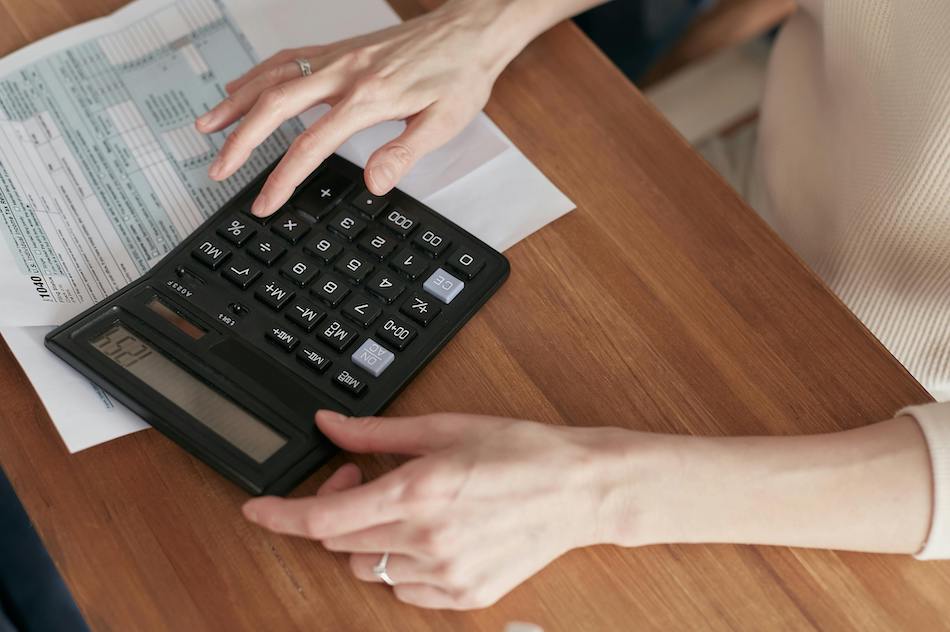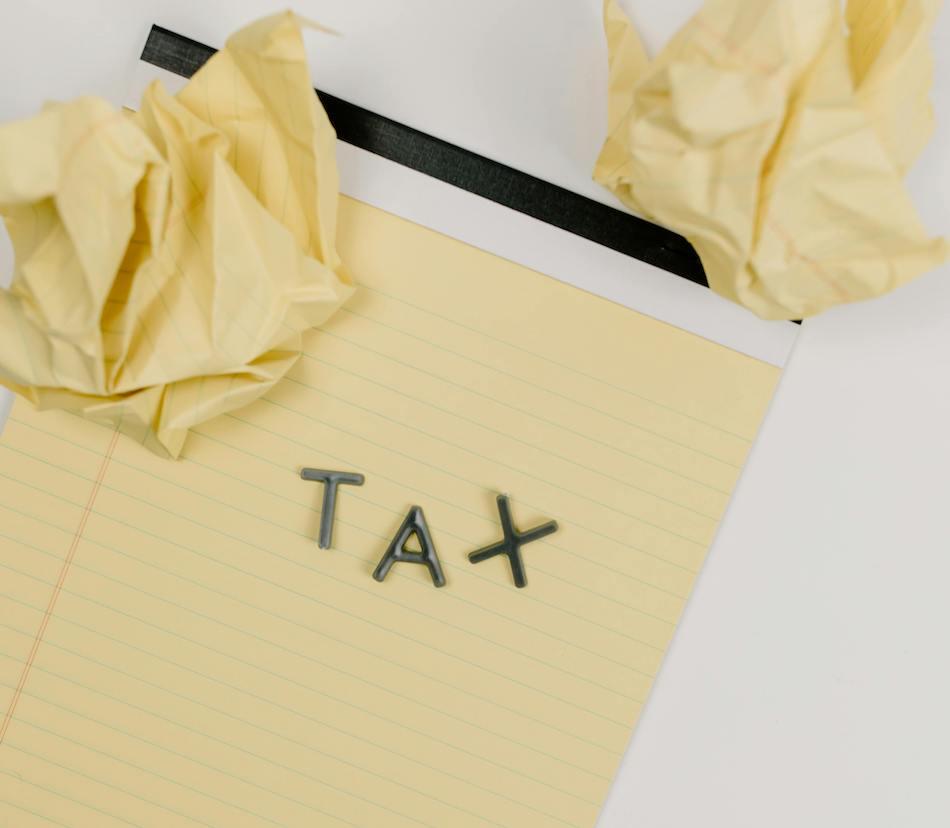- Finances,
- Financial Planning,
- | March 26, 2025
How to Keep Track of Business Expenses Without Losing Your Mind

Tracking business expenses is crucial for managing cash flow and ensuring financial stability. However, many entrepreneurs and small business owners find it overwhelming to stay on top of their spending. If you’ve ever felt buried under a pile of receipts or struggled to remember where your money went, you’re not alone. Here’s a simple, stress-free approach to tracking business expenses effectively.
1. Separate Business and Personal Finances
One of the most common mistakes made by small business owners is mixing personal and business expenses. This not only creates confusion but can also lead to tax complications.
How to Fix It:
- Open a dedicated business bank account and credit card.
- Use these accounts exclusively for business transactions.
- Avoid making personal purchases with business funds (and vice versa).
Having separate accounts makes it easier to track expenses and ensures that your financial records remain clean and IRS-compliant.
2. Use a Digital Expense Tracker
Manual tracking is not only time-consuming but also prone to errors. Instead, use digital tools to simplify the process.
Best Practices:
- Use an AI-powered bookkeeping app like Tabby, which categorizes expenses automatically and saves receipts digitally.
- Link your bank accounts and credit cards to an expense-tracking tool to capture transactions in real time.
- Set up alerts for recurring expenses, so you never miss a payment.
3. Categorize Expenses Correctly
Accurate categorization is essential for tax deductions and financial reporting. Misclassifying expenses can lead to inaccurate records and missed tax savings.
How to Do It Right:
- Common business expense categories include office supplies, travel, meals, advertising, and software subscriptions.
- Create consistent rules for categorizing expenses.
- Use an expense tracker that automates categorization to save time and reduce errors.
4. Save and Organize Receipts
Receipts are essential for expense verification, tax deductions, and potential audits. However, keeping them organized can be challenging.
Pro Tips:
- Snap a photo of each receipt and upload it to a cloud-based storage system or expense-tracking app.
- Use a system that automatically extracts key details like date, vendor, and amount from receipts.
- Keep digital copies for at least three to seven years for tax purposes.
5. Review and Reconcile Regularly
Expense tracking isn’t just about recording transactions—it’s also about reviewing them to ensure accuracy.
What You Should Do:
- Set aside time weekly or monthly to review expenses.
- Compare transactions with bank statements to catch any errors or fraudulent charges.
- Look for opportunities to cut unnecessary spending.
6. Maximize Tax Deductions
One of the biggest benefits of tracking expenses is identifying deductible costs. The better your records, the more tax savings you can claim.
Must-Know Deductions:
- Home office expenses (if you qualify).
- Business travel, meals, and mileage.
- Equipment, software, and professional services.
- Marketing and advertising costs.
With a solid tracking system, you won’t miss out on these valuable deductions when tax season arrives.
7. Automate Whenever Possible
Manually tracking every expense can be overwhelming. Automation helps save time and reduces human error.
How to Automate:
- Use Tabby to automatically import and categorize expenses from your linked accounts.
- Set up recurring expense tracking for subscriptions and regular payments.
- Use AI-powered tools to generate financial reports effortlessly.
Keeping track of business expenses doesn’t have to be a nightmare. By using smart strategies like separating accounts, technology, categorizing correctly and automating the process, you can simplify expense tracking and focus more on growing your business. The key is to stay consistent and proactive—so your finances remain stress-free year-round.
Want an easy way to manage your expenses? Try Tabby today!


